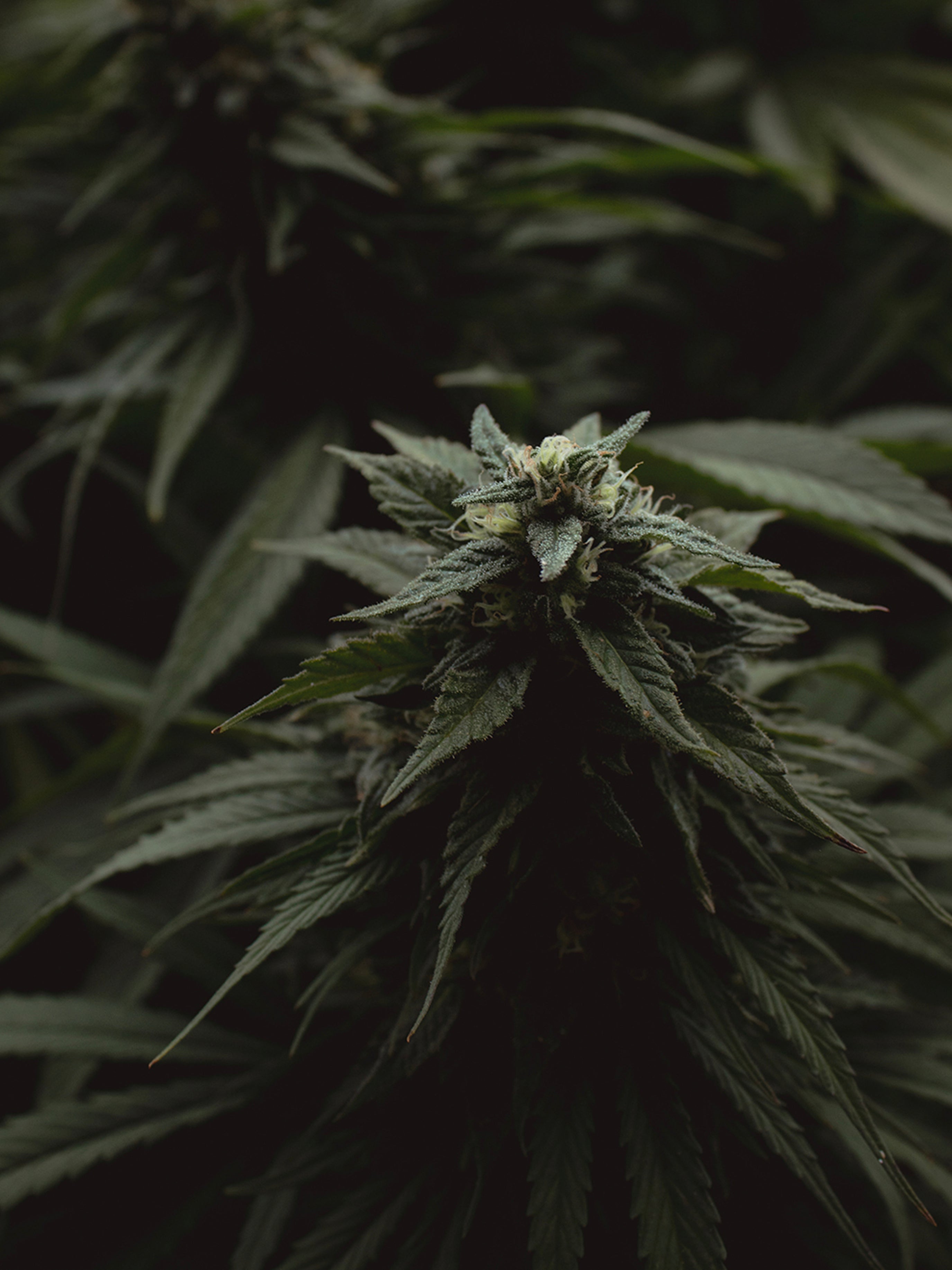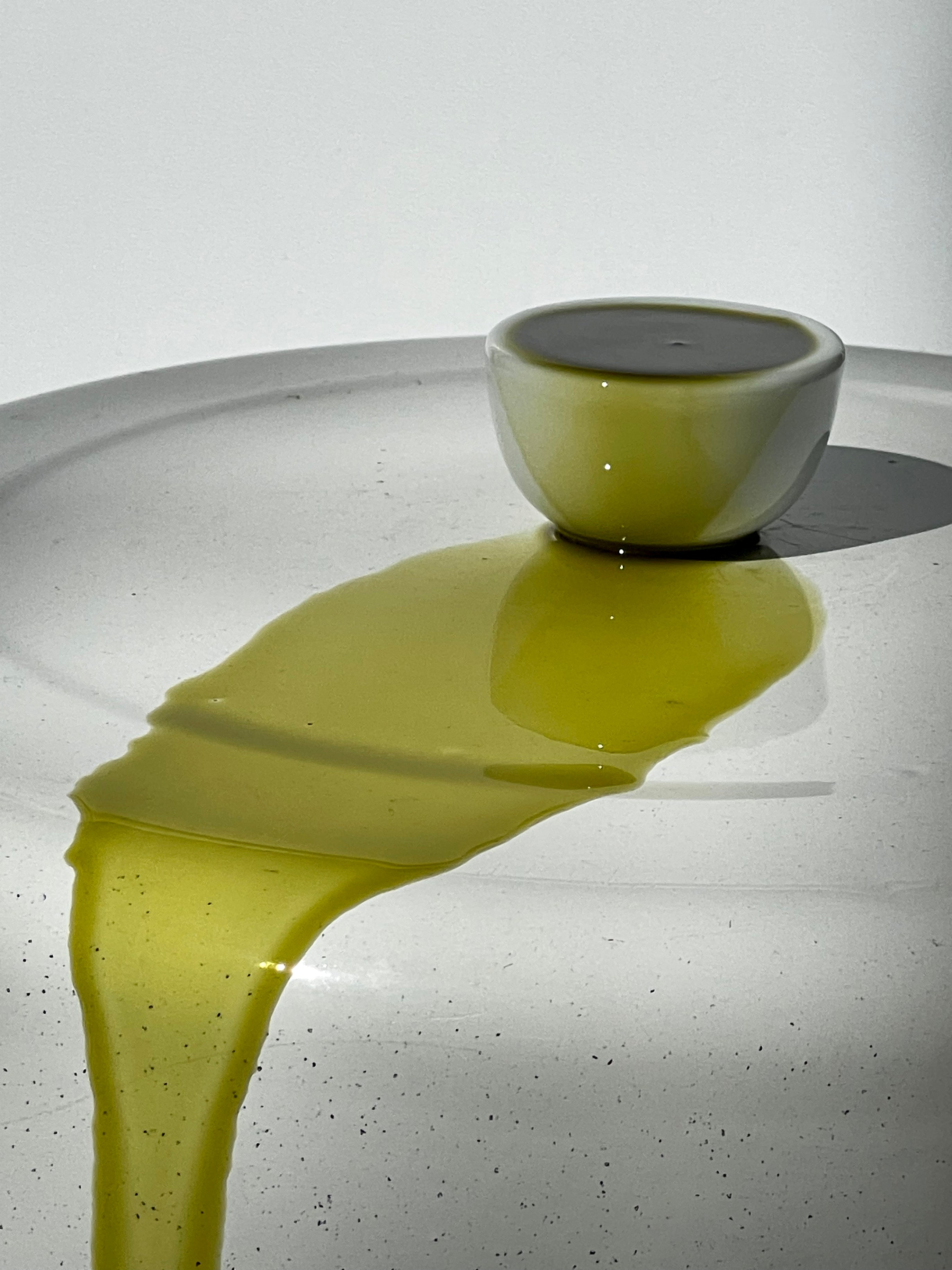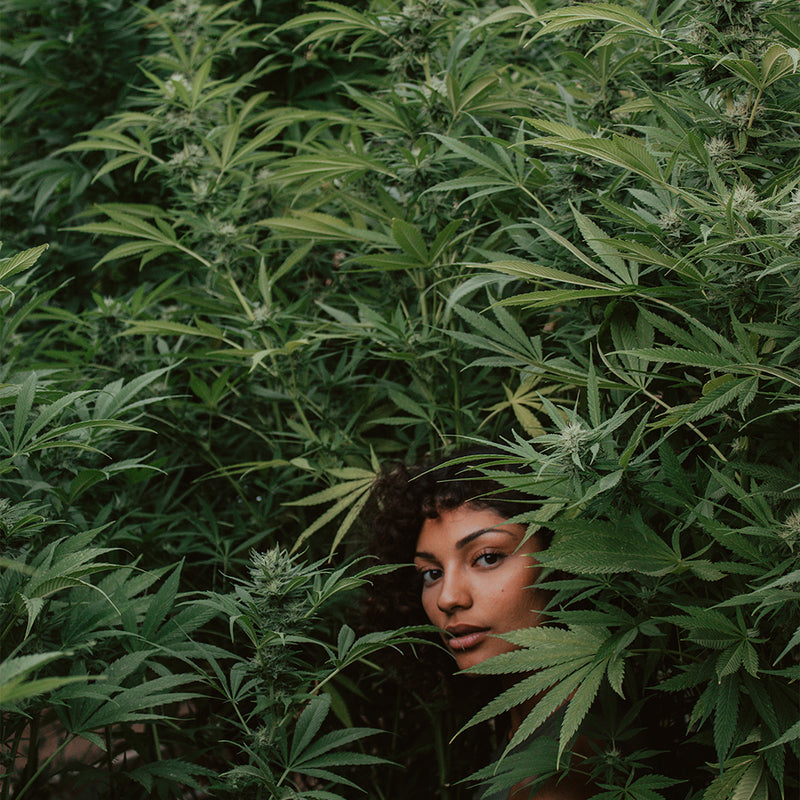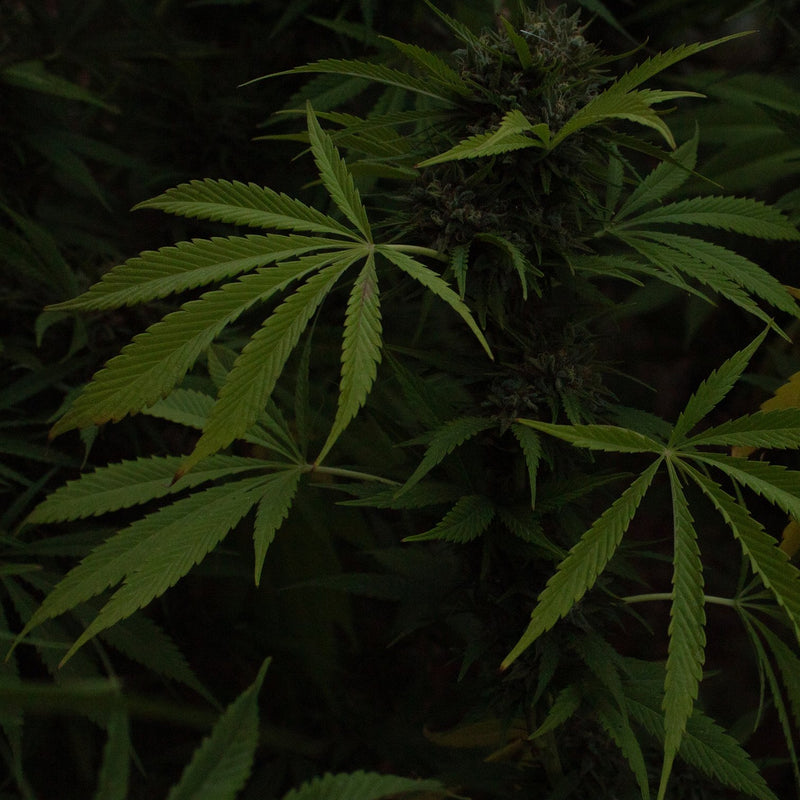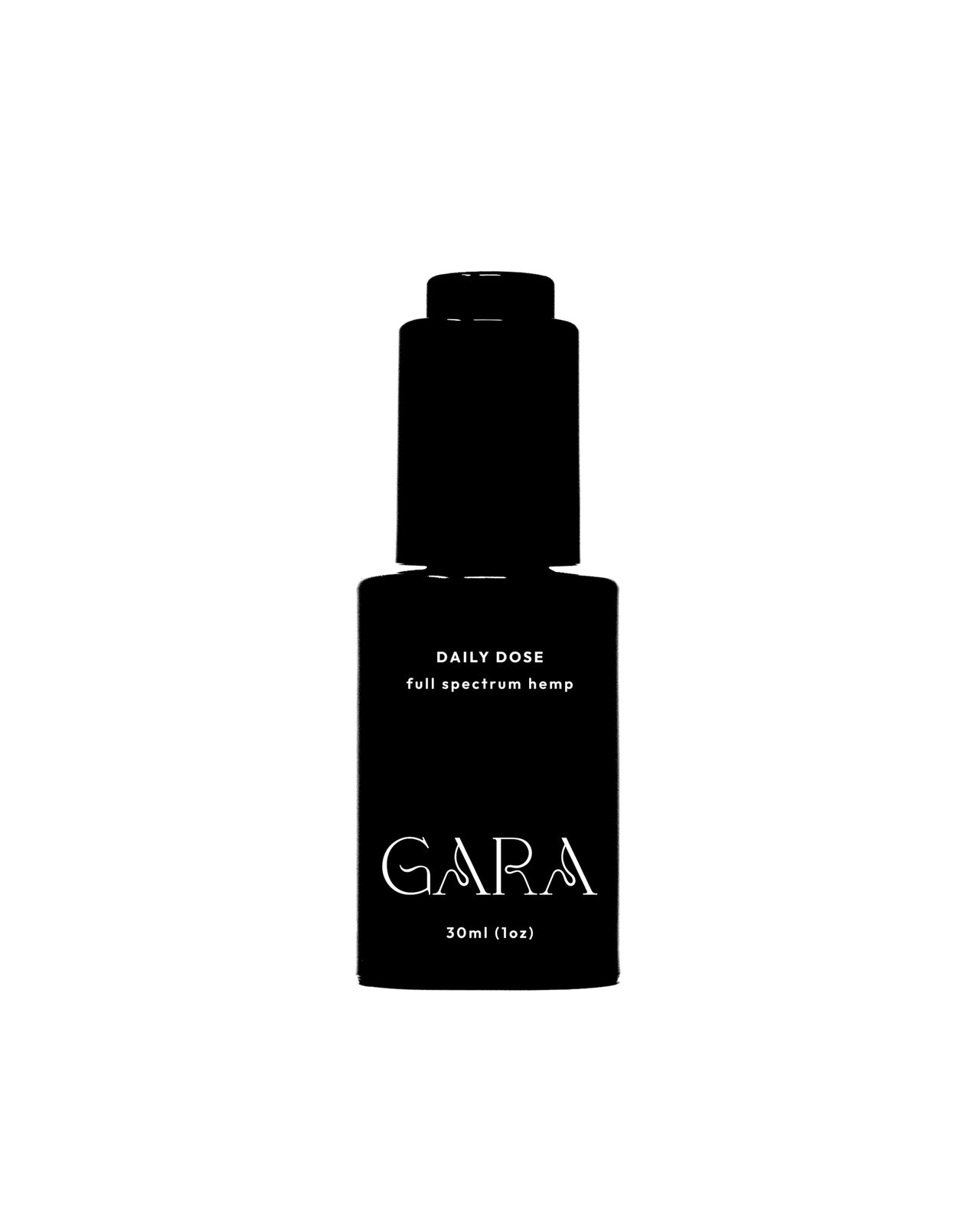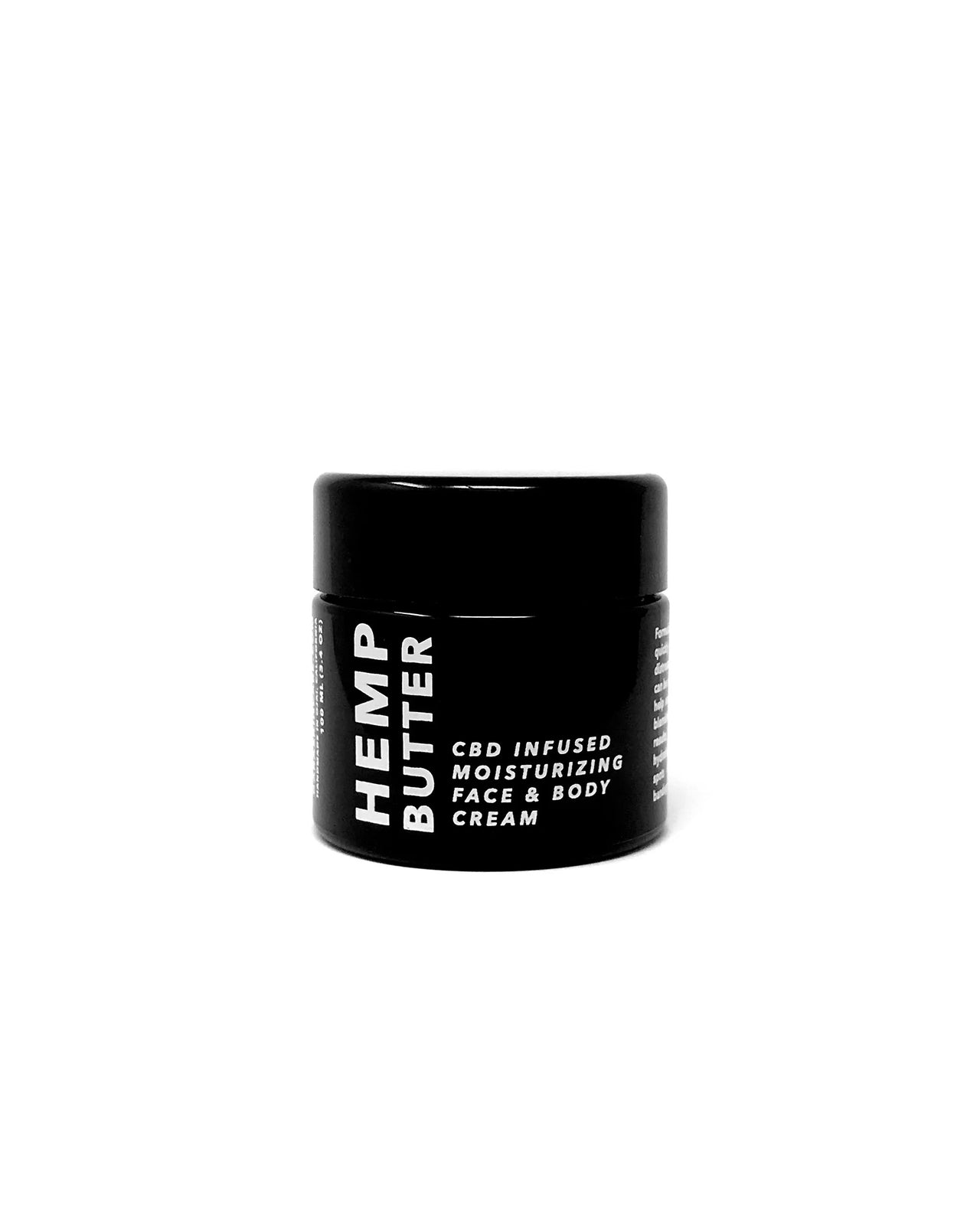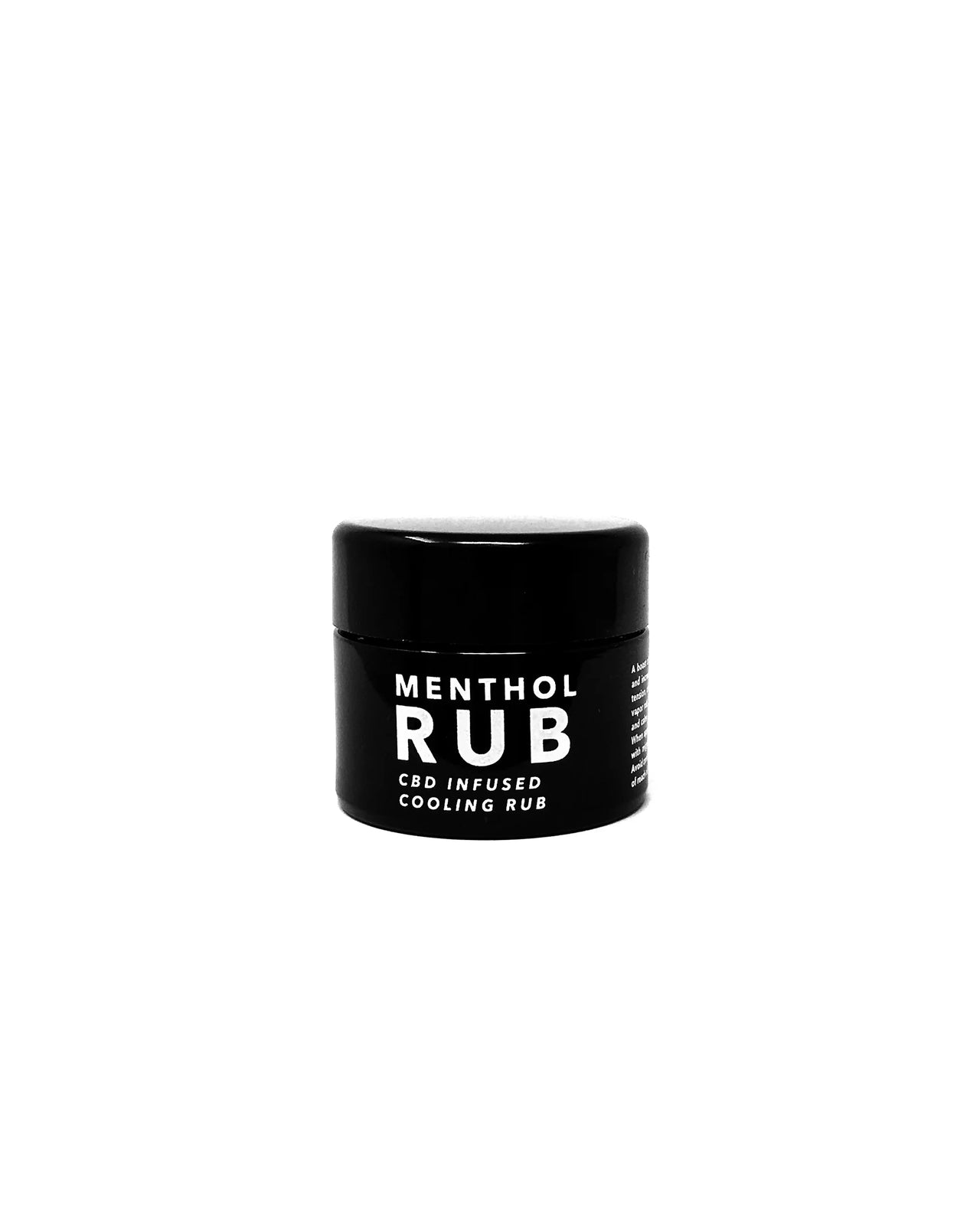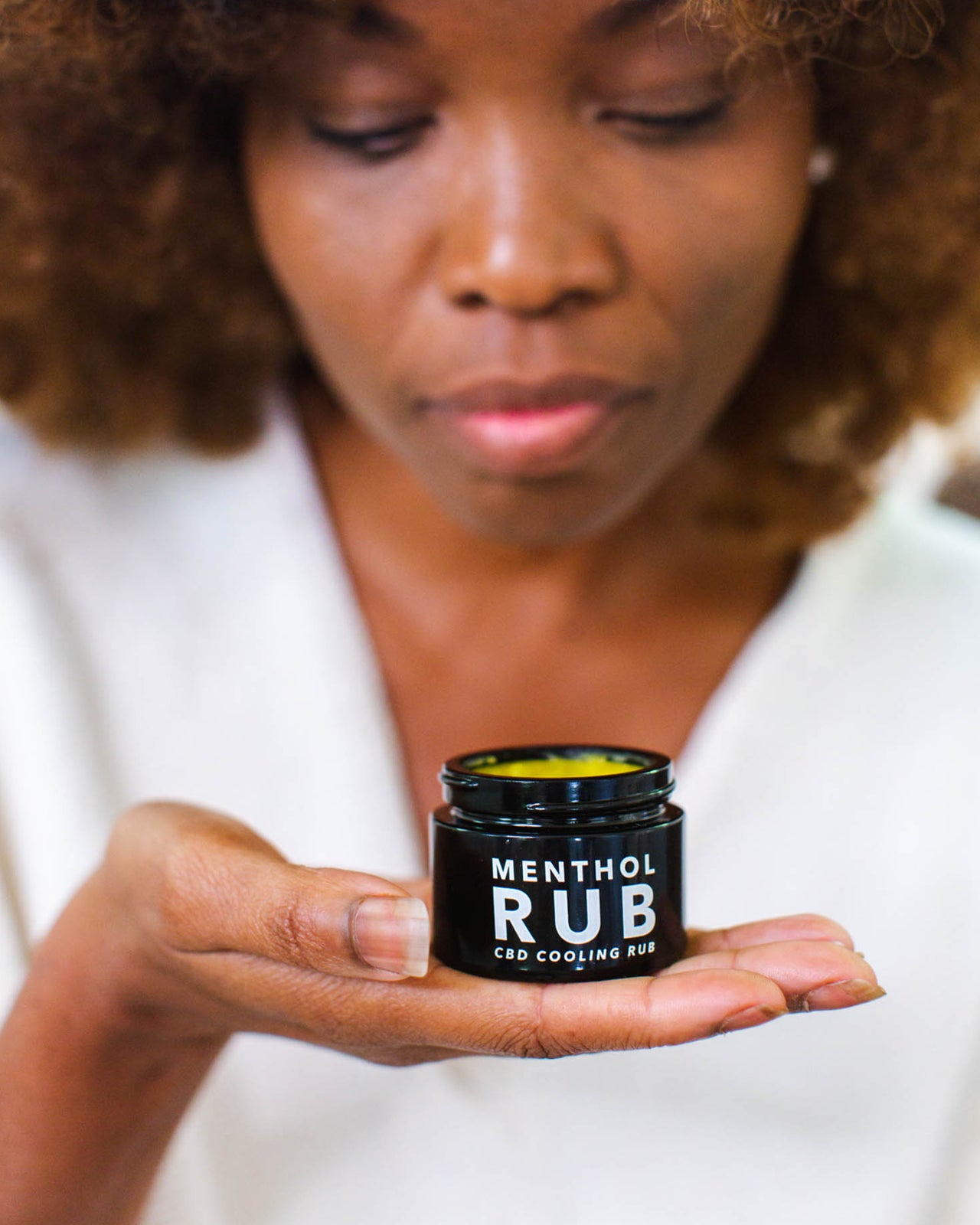Heroic Hemp: A Guide To Everything CBD
Welcome to the GARA Hemp Guide, an in-depth exploration of all things cannabis. We've meticulously curated the latest, most relevant information in a concise format. Understanding how cannabinoids interact with the mind and body is key to maximizing their benefits.
At GARA, we believe in fostering a connection with the plant spirit, allowing nature to nurture and sustain. Rather than perceiving the plant as solely healing the body, consider it as a partner on your healing journey. This perspective underscores the remarkable power of cannabis, which addresses both physical and emotional/spiritual facets of well-being.
Cannabis initiates an internal dialogue, prompting introspection across the physical, mental, emotional, and spiritual dimensions. Recognize that everyone's cannabinoid metabolism is unique, making fixed dosing rules obsolete. Instead, we encourage you to attune to your body and mind, taking an active role in your healing.
Should you have any further inquiries, please refer to our FAQ page for additional guidance.
At GARA, we believe in fostering a connection with the plant spirit, allowing nature to nurture and sustain. Rather than perceiving the plant as solely healing the body, consider it as a partner on your healing journey. This perspective underscores the remarkable power of cannabis, which addresses both physical and emotional/spiritual facets of well-being.
Cannabis initiates an internal dialogue, prompting introspection across the physical, mental, emotional, and spiritual dimensions. Recognize that everyone's cannabinoid metabolism is unique, making fixed dosing rules obsolete. Instead, we encourage you to attune to your body and mind, taking an active role in your healing.
Should you have any further inquiries, please refer to our FAQ page for additional guidance.
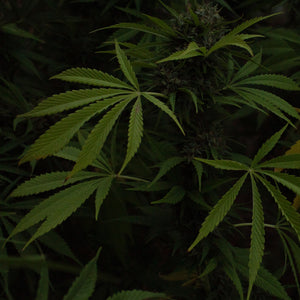
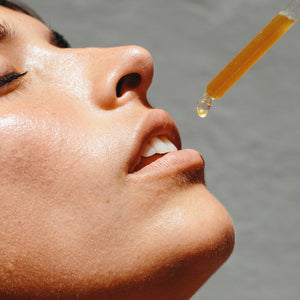
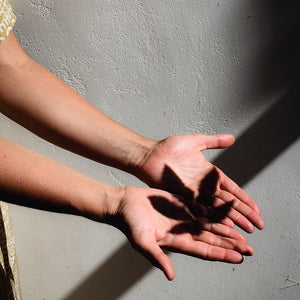
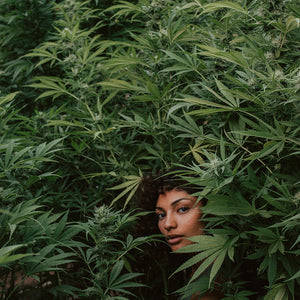
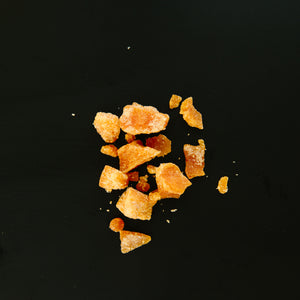
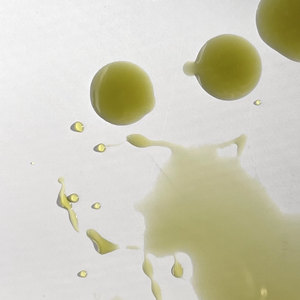

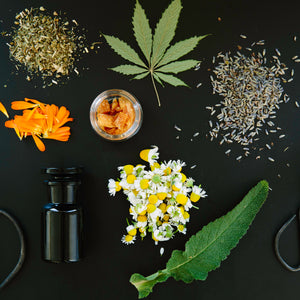
LEARN MORE ABOUT CBD
SHOP CBD
